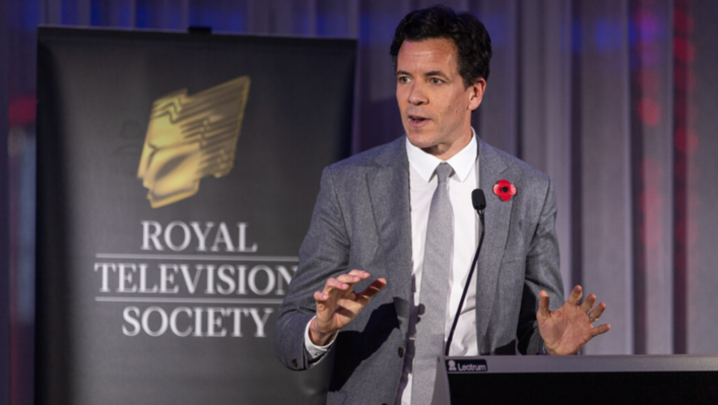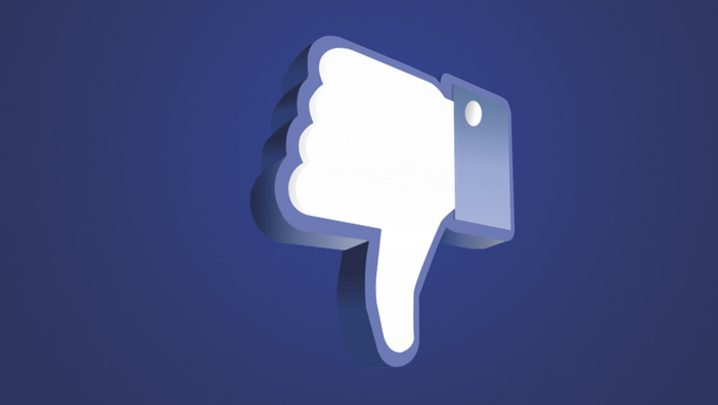A new wave of innovation in set-top boxes will see power shift from broadcasters to platforms, predicts Nigel Walley
The humble set-top box is poised to become the first of a new generation of domestic media servers at the heart of the next stage of the home entertainment revolution. Many in our industry persist in seeing STBs – originally introduced more than 20 years ago as simple devices for decoding broadcast signals – as a mere “techy” sideshow.
They have, however, emerged as one of the most important device classes in the consumer media landscape and, once again, they are driving disruption and strategic change.
In the early years, viewers used them to complement their “normal” TV viewing, turning on the box when they wanted to access their pay-channels. But, over two decades, they have morphed several times.
The first big change was when they moved from decoding analogue to digital signals. New software enabled on-screen menus, and the electronic programme guide (EPG) was born. This drove a massive change in viewer behaviour. For the first time, a majority of users stayed in the STB to watch the free-to-air public service broadcasters.
What seemed a small shift had two consequences that still affect the TV market today. The first was that the “platforms” benefited from the perception that they deliver and manage the free-to-air channels (which, technically, they do not) – to the chagrin to the broadcasters ever since.
Second, by delivering improved user functionality (in this first case, via an EPG) the platforms could affect viewer behaviour around content. This put the platforms in the driving seat in delivering TV innovation.
The second major STB evolution was the introduction, around 15 years ago, of the personal video recorder – the PVR.
Despite predictions that they would kill off television, people came to realise that PVRs could be symbiotic with broadcast, if only we could solve the commercial issues. PVR functionality quickly spread from the pay-TV world to free boxes, such as those for Freeview and Freesat.
Their wider impact was felt in the world of TV measurement and audience evaluation. A new science dissected the “how” and “when” of the way that people watched recorded shows, and the acronym Vosdal (viewed on same day as live) was dumped on the industry. Taking their destiny into their own hands, the broadcasters began to build on-demand players accessible via PCs and laptops – and away from the platforms’ control. The audience measurement industry had to add a “where” to its reporting.
In response, the platforms built on-demand capabilities and launched catch-up services within their systems. In the UK, we have ended up with two distinct types. On Sky and Virgin, these are closed systems where the platform controls the software and the functionality (with a couple of exceptions).
On the free boxes, browser-based open systems accommodate the broadcasters’ own players.
Neither has reached an ideal state. Until the most recent generation of boxes, it was fair to say that on-demand on the pay-boxes looked terrible but worked well, while it looked better on the free boxes but didn’t work as well.
During this period, a misguided consensus emerged that on-demand capability meant that we would no longer need PVRs. This has proved incorrect for a couple of reasons.
First, consumers continue to prefer their PVR to on-demand when both are available. Research shows that this is about control and selection. Consumers say that they see PVR content as “theirs”.
The debate about PVR obsolescence was fuelled by the arrival of Silicon Valley-funded on-demand operators. Over the top (OTT) services, with a vested interest in talking down the role of the set-top box, have pressed the case for a Cloud-based TV future in which there is no need for consumer recording in the home.
The problem with this network-based vision of the future has been its currently inadequate delivery capability. Companies offering sporadic use of on-demand assets have been able to build businesses because they don’t need to support concurrent use by large numbers of people.
However good Breaking Bad on Netflix might be, the viewing numbers have only ever been in the low tens of thousands for any particular show at one time. Those companies still focused on building large, concurrent audiences for nationally important TV have stayed with broadcast.
All the while, PVR innovation has been proceeding slowly in the background. The most important trends have involved memory and capacity.
The early Sky+ boxes, which launched 15 years ago, could record 10 to 20 standard-definition programmes. The latest generation of boxes can record 400 HD movies as well as offering an increasingly interesting array of options and functions.
Recording functionality has consistently improved. Series linking has become ubiquitous, and operators such as Tivo offer auto-recording based on recommendation. New boxes, such as Netgem’s device for the EE service, take this further and record every programme from your favourite channels on a rolling, 24-hour basis.
This is allowing platforms to think constructively about offering full catch-up services via their PVRs, rather than having to depend on the broadcasters to deliver on-demand services.
The problem for the broadcasters is that catch-up delivered from the PVR works better and quicker than catch-up delivered via on-demand services. You press “play” on a programme and it starts.
Looking into the future, the only thing we can say for certain is that hard-drive capacities will continue to expand and functionality will become ever more sophisticated.
Within this mix, we will see increasing pressure on broadcasters to allow networked PVRs (nPVRs), where the hard drive sits in the Cloud.
Consumers are being educated to use Dropbox and iCloud. They will come to realise how useful a TV version of those could be. Real power over catch-up content is shifting from the broadcasters to the platforms.
Home networks are the other area in which PVR manufacturers have quietly been evolving their boxes’ capabilities. Over the past decade, the number of homes with broadband and wi-fi has rocketed by more than 80%.
Increasingly, these services are supplied by the same companies that deliver our TV and set-top box. For the first time, we can envisage TV services that connect from the main box to every screen – fixed or mobile – in the home.
The idea is that, whichever screen you are using, you will be running software on it from the company that provides the box in your lounge. The consequence is that all these networked devices can access every type of content available on your STB.
Sky Q is the first attempt at introducing this system. The set-top box is, in effect, morphing again into a new device class – this time, the first in a new generation of home media servers.
For consumers, this is bringing new functionality, new access to content and improved ease of use. For broadcasters, it signals another round in the turf war with the platforms. Each functional innovation will push viewers to use the platform’s software to access content, rather than a broadcaster’s app.
These developments raise significant questions about the long-term viability of the broadcaster-owned players and apps for pay-TV customers. They also raise difficult questions about whether the broadcasters’ shareholders will allow the free platforms they own to innovate in these areas just to stay competitive.
We are entering another period of creative disruption in the TV market. Far from becoming irrelevant, the set-top box is at the centre of the revolution.
Nigel Walley is MD of digital media consultancy Decipher.





